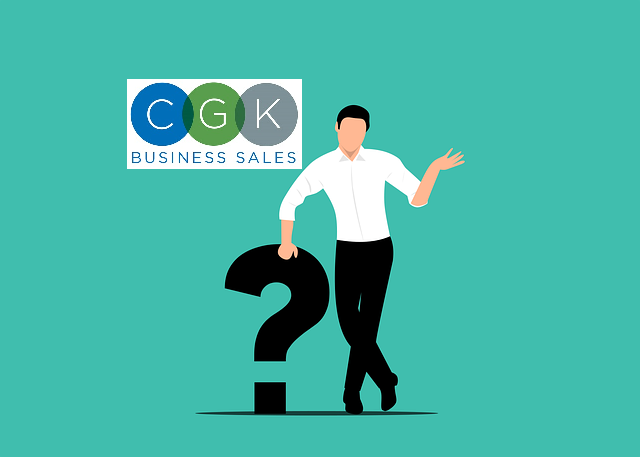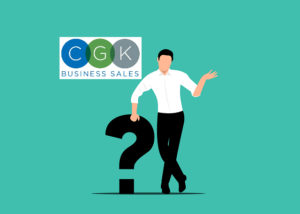Different Approaches to Business Valuation

Different Approaches to Business Valuation
Most small business owners don’t know what their businesses are worth. They may assume it’s not important unless they plan to sell soon, but that’s not true. Getting an accurate idea of a business’s value can also make it easier to secure financing or add shareholders, provide the business owner with financial insight, and inform decisions about expansions, sales, mergers, and other opportunities. However, there are several different approaches to business valuation.
The problem is, valuing a business accurately isn’t as simple as just plugging a few numbers into a calculator. There are multiple different ways to value a business, but for small businesses, there are three main approaches to valuing a business. Each of these methodologies requires a different set of complex calculations. To complicate matters even further, experts recommend employing multiple valuation methods for maximum accuracy.
Business owners should rarely attempt to perform their own valuations. There’s just no way for them to be as objective as a qualified business valuator. That said, most people like to know what kinds of services they’re paying for before they hire professionals. Read on to find out about the three main types of business valuations and their appropriate uses to get an idea of what to expect.
Earning-Based Business Valuation
Earning-based valuation approaches are based on the idea that the company’s primary value is its ability to continue producing positive cash flow over time. To use this accurate business valuation method, start by coming up with an estimate of the business’s earnings in a given year. Professionals in the industry refer to these yearly earnings as the Seller’s Discretionary Earnings (SDE) for businesses with less than $1 million in cash flow.
The business’s SDE is equal to its Earnings Before Interest, Taxes, Depreciation, & Amortization (EBITDA), plus the owner’s salary and one-time adjustments. To get an accurate idea of future earnings, take stock of the business’s past SDE, normalizing it for unusual expenses or revenue. Next, divide the average SDE by the industry’s discount rate. A quicker, though less accurate capitalization rate can also be used to get a general idea of future earning potential.
Not all business brokers calculate potential earnings using the capitalization method. Some use the discounting valuation method instead. Discounting is similar to capitalization in that both methods utilize past SDE to estimate potential future earnings.
Unlike capitalization, which uses the average of the business’s SDE over several years, discounting involves running a sequence of SDE numbers for each year in the forecast. This earning-based business valuation technique can be particularly useful for start-ups and other young businesses that have rapidly changing patterns of earnings since it offers more accurate results. However, most professional business valuation firms use discounted cash flow models over the capitalization of earnings method, as this gives the valuation expert the ability to forecast different inputs versus single-period capitalization methods.
Asset-Based Business Valuation
Asset-based business valuation methods differ from earning-based alternatives in that they view the business’s value not in terms of its potential to produce future income for its owner but as a series of assets and liabilities. The theory behind asset-based business valuation is derived from an economic principle known as substitution. If a business valuator can determine how much it would cost to create a similar business that would produce the same economic benefits for the owner, it can offer some idea of what the actual company is worth.
Properly implementing asset-based business valuation methods is tricky, so don’t assume that it’s a simple question of coming up with an accurate balance sheet. Costs include more than just equipment, machinery, and real estate. The valuator must also account for liabilities like income lost while the company established its position in the market, the economic obsolescence of assets, and intangible assets like goodwill and intangibles.
Beyond the difficulty of performing accurate asset-based business valuations, there’s also a second hurdle to overcome. The real value of assets is often far greater than the combined value of recorded assets minus depreciation or amortization. As a result, this method is usually reserved for liquidations rather than valuing businesses that will remain operational following a sale.
Market-Based Business Valuation
Market-based business valuation involves evaluating the going rate for other similar businesses. It can be a good way to determine a business’s fair market value, defined as the price a buyer is willing to pay and a seller is willing to accept for the business when both parties are in full knowledge of all the relevant information about the company.
Although market valuation is an effective means of estimating the potential value of a business, it can only be applied in certain situations. If there is not a sufficient number of similar businesses that have sold in the recent past, the valuator will not be able to get an accurate picture of fair market value.
To complicate matters further, valuators must often make adjustments for market multiples. They may value the business as a multiple of its adjusted EBITDA or SDE and make adjustments for controlled premiums and add-backs. The results of these adjustments and what multiple the valuator uses can make a substantial difference when it comes to the business’s estimated value.
How to Choose the Best Strategy
The best strategy for business valuation isn’t to pick one methodology and follow it dogmatically. It’s to use a combination of earning, asset, and market-based strategies to get a comprehensive picture of the business’s estimated worth. As mentioned, there are several different approaches to business valuation, including a few that are not mentioned in this article. While no individual, or even combined, methodology can predict exactly how much a buyer will be willing to pay for the business, a professional valuator should be able to help clients make sense of the results.
This bears repeating: the average business owner is not equipped to implement any of the valuation strategies described above alone. Each of them requires a different set of complex calculations, and most business owners simply don’t have the expertise required to perform them correctly. Plus, it’s very hard to remain objective when discussing matters that directly impact personal finances.
Business owners who want to get a clear and accurate idea of what their companies are worth should always hire professional valuation experts. These experts often work in conjunction with business brokers and other industry professionals who can offer additional services.
Final Thoughts
Each approach to business valuation described above has its own set of advantages and drawbacks. While a combined approach to business valuation will usually provide the most accurate results, no methodology can offer more than an estimate of the business’s fair market value. Business owners should work with professional business brokers and valuation experts to make sure they’re getting a maximum return on investment when they decide to sell. After all, there are several different approaches to business valuation.

